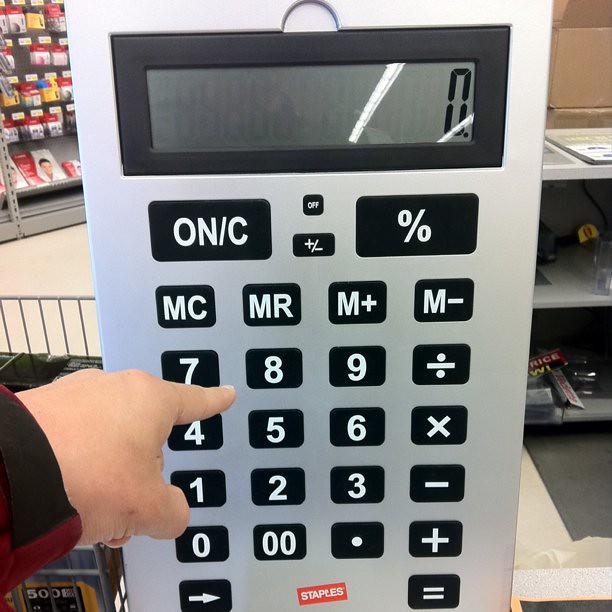Focus Question 2:
How can teachers and students use digital portfolios as tools for learning?
A digital portfolio indicates who a teacher is and what
that teacher knows. It is used to display
academic achievements and classroom lesson plans. A teacher should display their teaching philosophy
and other experiences on their portfolio.
It is important for a digital portfolio to be
continuously updated, and past work be worked on again to show reflection and
growth. It is not simply a scrapbook of
the past; it is a growing and evolving work.
A digital portfolio offers ease of access and portability,
but it also becomes a disadvantage when introducing it to someone who has
little digital skills (this number is becoming fewer though).
Tech Tool 11.1 TaskStream
Task Stream is a very clean and inviting website. I think they do a poor job at introducing
their purpose. I would have no idea that
they were a portfolio-building website until I got to Pricing-benefits to
students. I do not like that it
costs $42 a year so I will be avoiding this tool. However, the screenshot in
the book looks very clean and much like I would organize my own folders on my computer.
Reflection:
Digital portfolios I think are extremely important for
teachers today. I do not find the idea
of creating a heavy 3-ring-binder portfolio very inviting. It is also very easy to forget where you have
things filed, and with the use of an e-portfolio could be easily searched.
Technology tools in democratic classrooms I believe that
it is important to have the children feel like they have a say in what they are
learning. I believe that they get more excited the more you involve them. Doing activities like peer editing and self-evaluation
allows students to become the teacher and self-reflect.
Student participation systems and clickers are wonderful
tools that don’t put the student on the spot.
This tool could help an introverted student who is struggling while
engaging kids that are hyper by giving them something hands on to do. No one loses with this tool because the
teacher can address all the questions that weren’t answered right in the moment
and not put pressure or embracement on any of the students.
